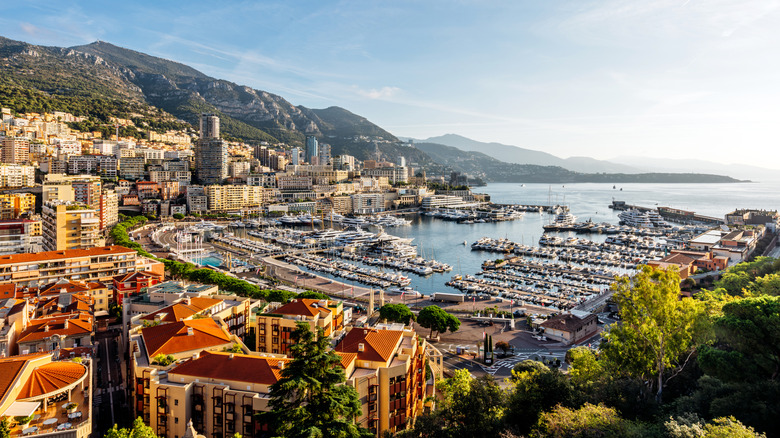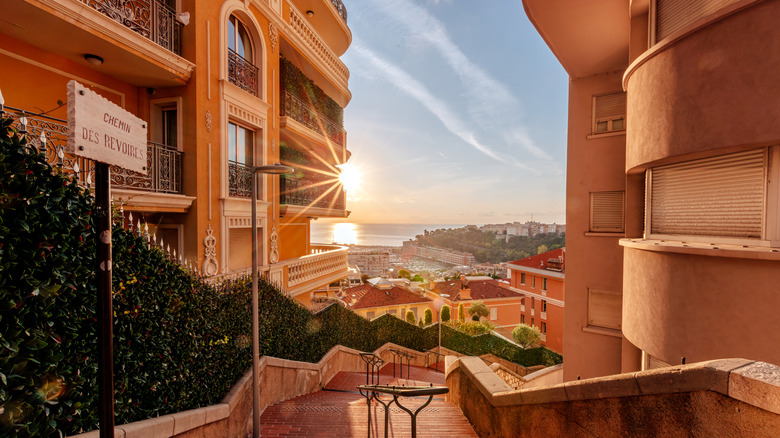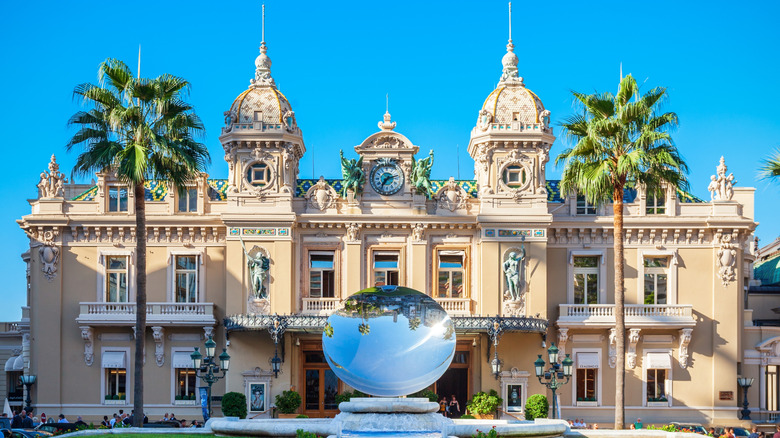When thinking of the most expensive places on Earth to live or visit, folks might naturally think of Dubai, London, Geneva, or maybe even New York City, Paris, or Singapore. It’s easy to forget Europe’s second-smallest country (which doubles as a city), situated along the southern French coast between Nice and the Italian border: Monaco. This micro-sized, self-governed principality of about 38,400 residents is the most expensive place on Earth, down to a whopping price-to-area ratio of $3,605 per square foot.
But why is Monaco so expensive? Is it the location along the famed French Riviera, which boasts gorgeous, big-name cities alongside lesser-known beach towns like Menton? Is it because Monaco is the kind of place that pops up in glamorous movie scenes and that you might only know by name? That last question points us in the right direction: Monaco is basically an exclusive country club for the super-wealthy on a large scale. The average net worth per Monegasque is $20 million, and over 40% of the population are millionaires (per Henley & Partners). Those millionaires buy multi-million-dollar apartments, with a 1,000-square foot residence going for about $3.9 million as of May 2025.
It’s not just residents that pay through the nose in Monaco — travelers do, too. Similar to the lavish city of Dubai, with attractions like wacky underwater hotel suites, Monaco has no shortage of expensive sites and activities. Some oceanfront restaurants like Marius Monaco might not totally break the bank, but others, like Pavyllon, will cost about $30 just for a vanilla tart. Then there’s yacht rentals, guided tours, the Monte Carlo Casino, and, of course, the Grand Prix.
Living in one of the most expensive cities on Earth
From a bird’s-eye view, Monaco might not look like it’s the most expensive city on Earth with the most expensive real estate. After all, the entire harbor is teeming with stacks of apartment blocks — rather than huge mansions — interspersed with scattered palm trees. Yes, some buildings, like Le Florestan, look pulled from a fairy tale. But it’s entire city districts like Jardin Exotique, Monte Carlo, and Larvotto that attract people with their one-of-a-kind atmosphere. More importantly, the housing market is always in demand and apartments are always in need, which drives up prices.
Moreover, Monaco has “perceived safe-haven status,” as real estate investors Henley & Partners put it. This means that it’s seen as a reliable investment, with “investment” being the keyword. Just because a wealthy person buys a house in Monaco doesn’t mean the person is living, lounging, strolling, sailing, and dining at Michelin star restaurants in Monaco every day. Property is equity more than anything.
That brings us to renters. Put simply, rental costs in Monaco are bananas expensive to the point of total impracticality for most people. Rent is, on average, 12% higher than in New York City, 146% higher than in London, and 232% higher than in Geneva. It’s not uncommon to find two-bedroom apartments ranging from about $5,000 per month (for a smaller, 650-square-foot property) to $11,500 per month (for upwards of 1,000 square feet).




